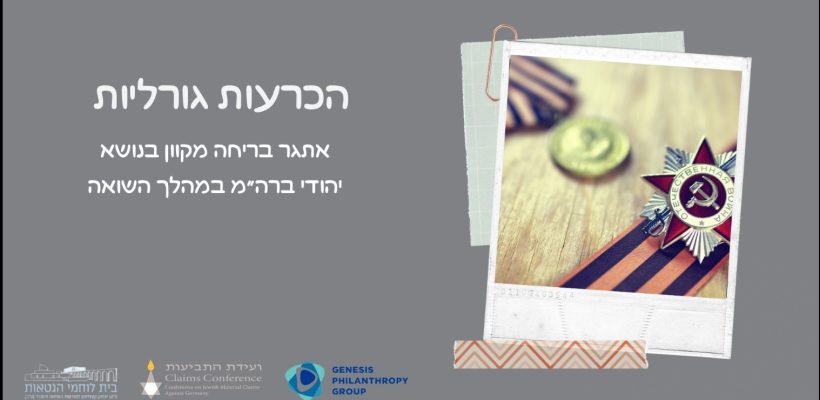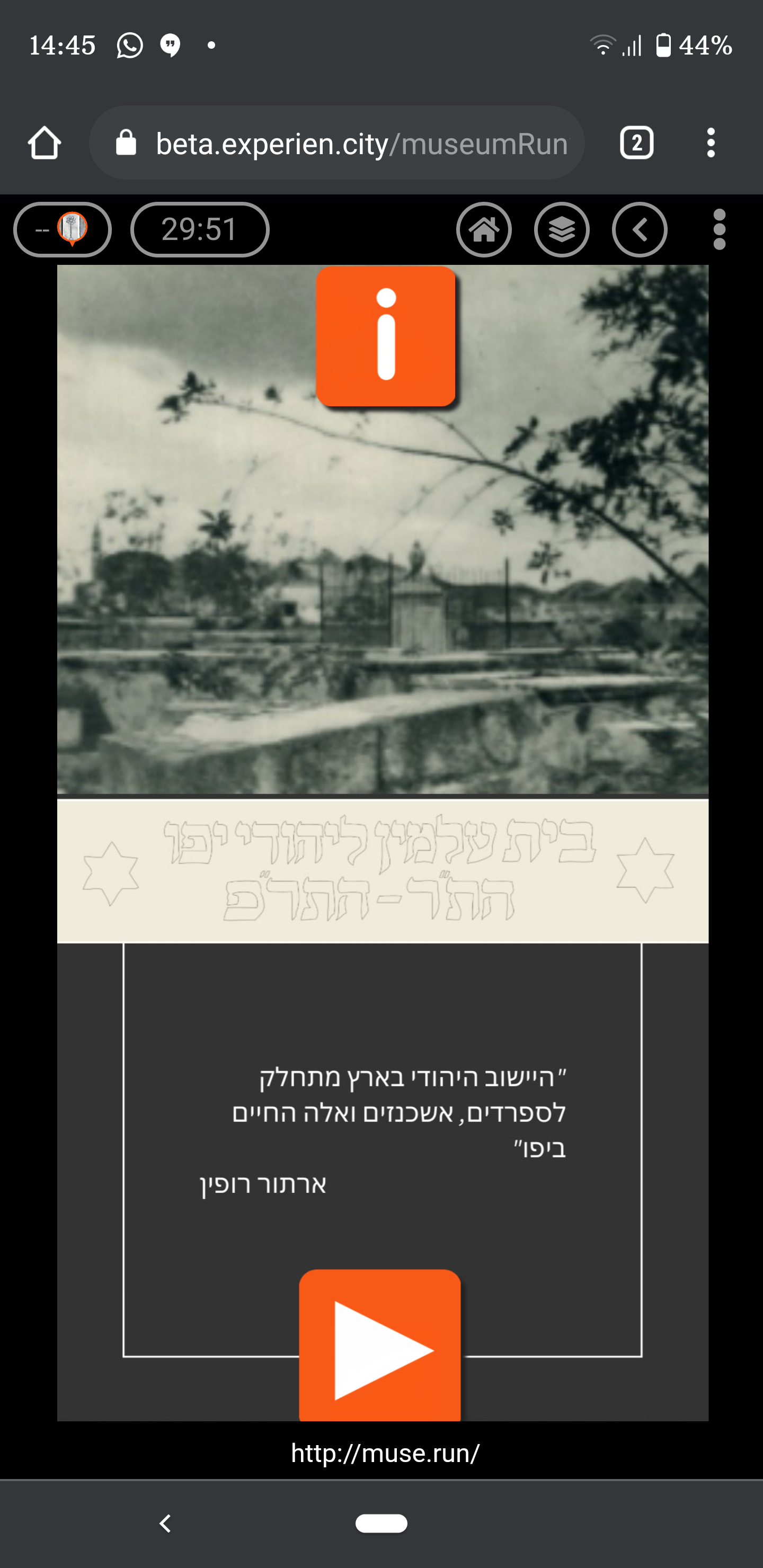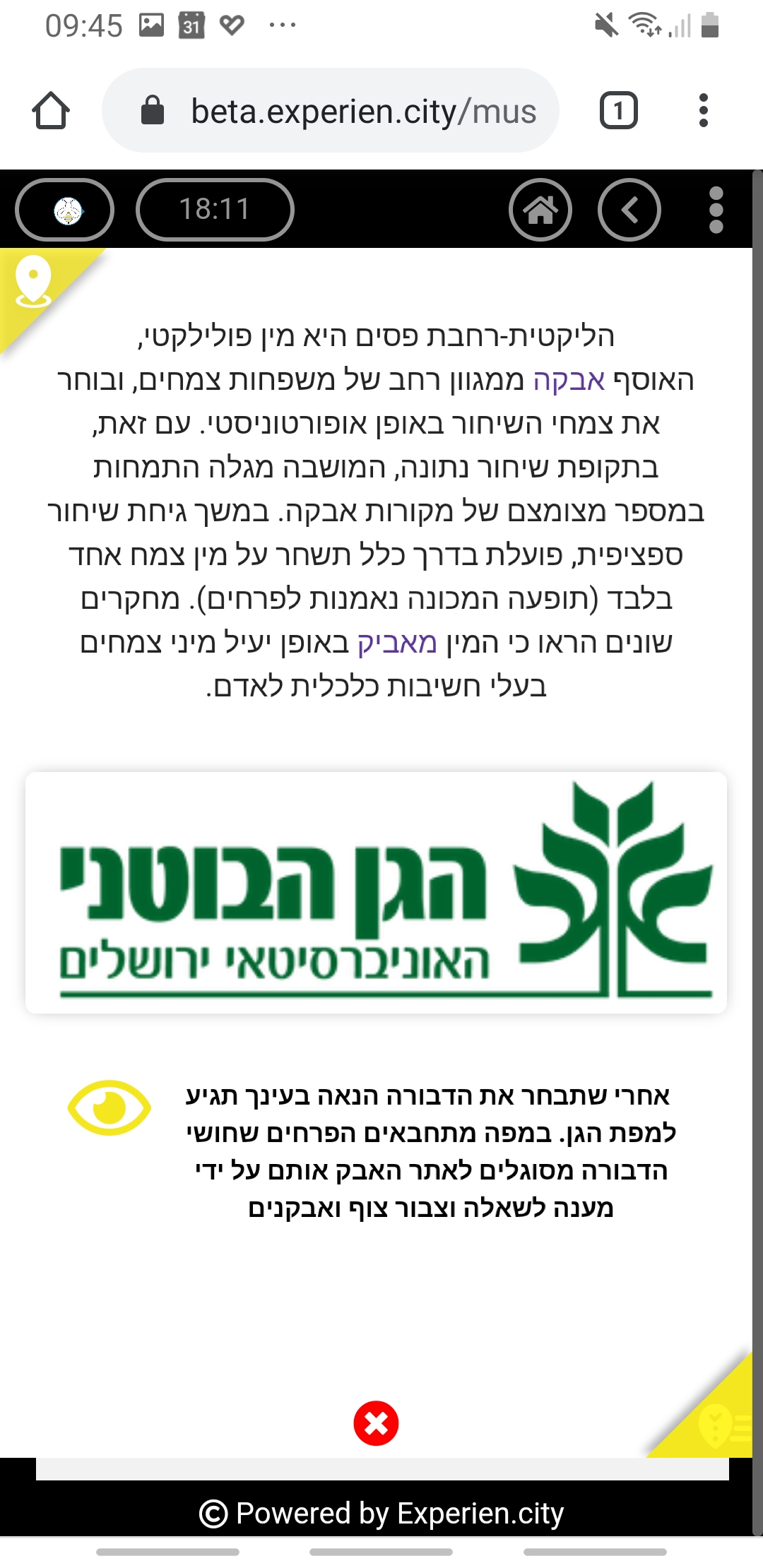Critical times
Critical times

5 biographies during WW2
Michal Hadas, app developerThe challenge we met: How to balance engagement with Historical sensitivity, promoting serious learning of USSR Jewry during WW2
contact developer: Michal Hadas
A Fiscal “escape box” was transformed into a digital interface. It tells the story of five outstanding people of Jewish origin and soviet affiliation. The anchor event is the German invasion to the USSR in 1941 that impacted them all.
Michal Hadas created 5 narrated themes. Each theme was transformed into a digital quest in which a group of participants , working together, is trying to follow the footsteps of one of these heroes. in the process they meet challenges that resemble in a way the challenges characteristics of the figure. Gamification motifs are enhancing engagement while preserving historical authenticity and respectable commemoration.
The development process took about 4 months and required a sustainable amount of storytelling skills and digital props required to simulate fiscal props. The added value of the product was its scalability and sustainability. An important emphasis was put on the integration of archive materials: Historical photos, maps, official documents.
Who was it for
The client is Getto fighters museum , an archive and educational institution for the commemoration of Holocaust heritage. This app is mainly targeting high school students.























































